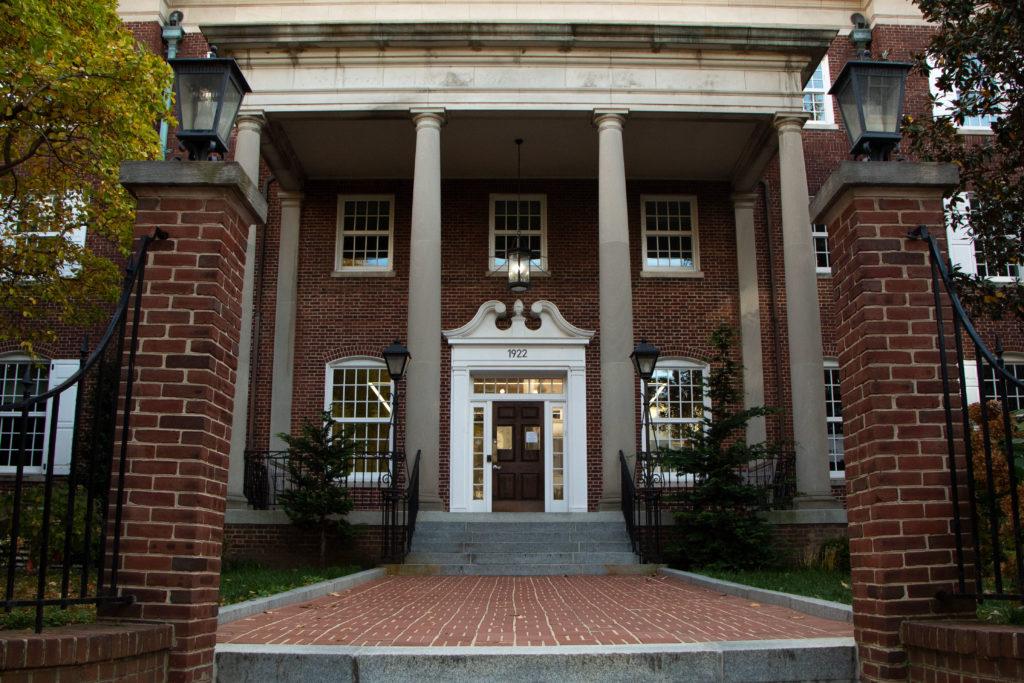
A dozen natural gas leaks hidden under manholes across the city are nearing explosive levels, including one on the edge of campus, researchers announced last week.
The leaks with the most potential to explode were found along with about 5,800 more minor methane gas leaks in D.C., which has experts calling attention to the city’s aging underground pipes. The study, published in the Environmental Science and Technology journal last week, found that cracks in old cast-iron pipes caused methane to build up to unsafe levels.
One of the potentially explosive leaks, which had a gas buildup of more than 44 times the normal level, was located by the Savoy Apartments at M Street and New Hampshire Avenue. About five spots found in the study with a moderate risk level are near campus, including one sitting near the Marvin Center.
Robert Jackson, a Duke University biology professor who co-led the study with a Boston University professor, said the study was not meant to alarm residents but did point to problems that would otherwise go unnoticed. Jackson said high methane levels can leak into buildings or basements.
In the most severe cases a simple act like dropping a cigarette on the ground could prompt an explosion, he added.
“I’m not trying to create a culture of fear. Explosions are rare. The key point is to provide information to get these leaks fixed,” Jackson said.
The leaks in the city’s cast-iron pipes also caused a 24-hour water shutdown in JBKO Hall on Wednesday, after a gas leak kept Washington Gas crews working through the night. Several first-floor residents complained of a rotten egg smell in their rooms.
William Flint, director of GW’s Office of Health and Safety, said the leak, which was the result of an aging pipe like the ones discovered in the study, was not a safety risk and “is common within the D.C. infrastructure.”
The study estimated that natural gas leaks and explosions in the U.S. cause 17 deaths and cost about $133 million every year. Explosions in 2000 and 2003 in Georgetown caused no injuries but occasionally sent manhole covers flying through the air, The Washington Post reported then. The explosions led to $50 million in repairs to fix all of Georgetown’s underground utility lines by 2005.
Since the study was initially conducted last January, the researchers revisited the 12 most dangerous sites, and found that in nine, methane concentrations were still high. The leak found near the Savoy Apartments could not be retested due to construction work.
Washington Gas said in a statement that they immediately respond to reports of natural gas odor and leaks.
“Throughout the country, all utilities are challenged with the timely replacement of aging infrastructure. Washington Gas continually replaces old infrastructure, as required,” the statement said.
Betty Ann Kane, chairwoman of the D.C. Public Service Commission that oversees Washington Gas, said that the study painted with a broad brush and questioned whether researchers properly tested all of the sites, which total about 5,800.
Kane said gas leaks “occur for a number of reasons,” and added that construction can sometimes “jiggle” the pipes and cause a leak like the one outside JBKO. She added that there has not been an explosion since she joined the commission eight years ago.
Kane also said that Washington Gas has replaced over 200 miles of aging cast-iron pipes over the last two decades and will continue to replace the remaining 400 miles.







